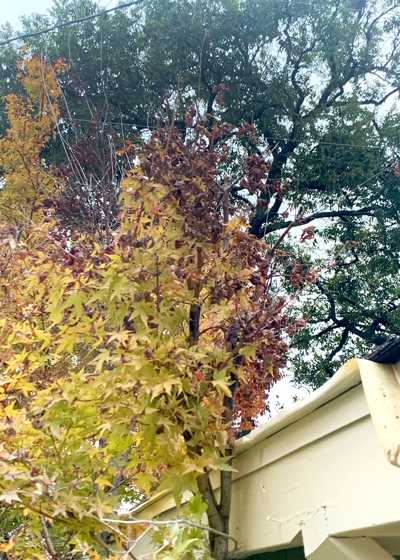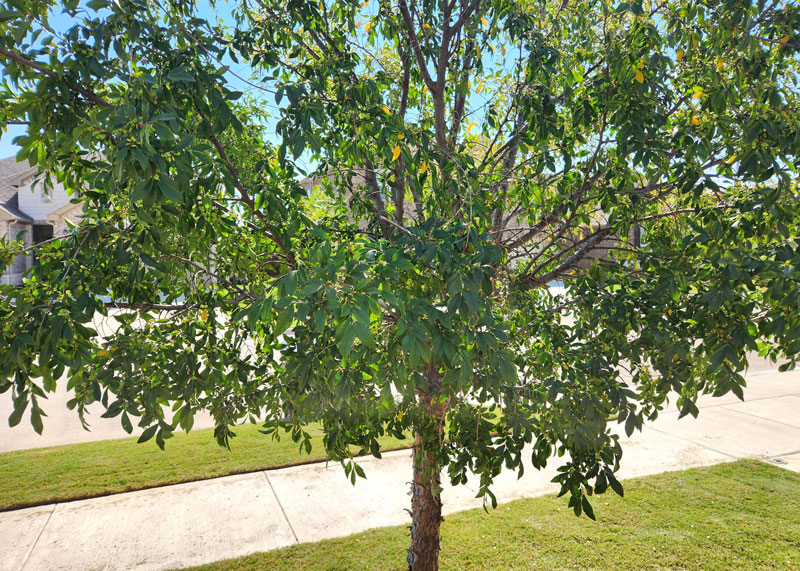Q&A – Ask Neil: November 14, 2024
(Please read these instructions carefully.)
Before you post your question, please look at recent issues to see if someone else has already asked it. You might find your answer there.
How to submit your question…
(Note: You may need to allow a pop-up window to come up in order to get the link for sending your photo(s). If you have already submitted your question and didn’t see the pop-up window, please click here.)
• Click the link provided below to post your question. After you submit your question, a new window will pop up giving you the address to which you can e-mail a SHARP, HIGH-RESOLUTION PHOTO to accompany your question. Please DO NOT SEND THUMBNAIL PHOTOS in case I need to zoom in to see things.
• Click here to post your question.
• Please ONLY POST YOUR QUESTION ONE TIME. We can only accept a set number of questions each week, and when we get duplicates it costs other people their chances.
• One question per reader, please.
• Please use this only for posting questions – not for standard emails.
• Watch for your answer in the following week’s e-gardens.
• I choose those of greatest general interest. For example, plant IDs seldom make the cut.
• I must have your first name or initials.
• I must have your city or county. (Texas is a very large state.)
QUESTION 1
IS THERE A MORE AFFORDABLE ALTERNATIVE TO FROST CLOTH?
Question: San Antonio has 2 or 3 growing zones. We have been fooled the last couple of winters by freezes at our higher elevation. Frost cloth is expensive, and we have expansive beds of perennials. What is the best strategy for covering tall plants in large beds? Ron H., San Antonio.
Answer: Frost cloth. I buy it in wide and long rolls, and I’m careful to save it from one year to the next. I’ve gotten 3 and 4 years of good out of mine and remember that I live north of DFW where I use mine more of the winter than you probably do. I have one very large bed of aspidistra that I should never have planted. It was a settlement with a nursery that was closing. They owed me some money for ads that had run, and the owner, a very decent person, invited me to take any plants I wanted. The cast iron plants were the only things I could see that were the least bit appealing, so I ended up with 250 of them! I didn’t realize how tender they were. They froze to the ground in an average winter the first year, and it took them the following year to regain their size. I’ve been covering them ever since and I’ve never had one lost plant in that time, even though outdoor temperatures have been 20 degrees colder than they were that first winter. Frost cloth really pays for itself. That’s why strawberry growers and vegetable farmers roll it out by the acre. I’ve even seen it used to cover new sod in a Major League ballpark that was being made ready for opening day. This is not the place for you to cut corners. Be sure you start with hardy species and keep them well hydrated prior to the cold.
QUESTION 2
IS THIS BARK NORMAL? WHAT KIND OF TREE?
Question: What kind of tree is this, and should we be worried about its bark? Sharon L., Haslet, Tarrant County.
Answer: It’s not uncommon to have peeling bark like this. You’ll see it on Mexican plums, paper birches, and even on crape myrtles. Zooming in on the leaves and also seeing fruit, I thought you had a lacebark elm, but this is an odd way for it to slough off its old bark. I sent your photo to several arborists. Two former Arborists of the Year for the state of Texas (Russell Peters and Steve Houser, both of Arborilogical Services in the DFW area) independently agreed that you likely have a hybrid between a couple of species. Everyone agrees that the tree is just fine – that you have nothing about which to be concerned. All is well.
QUESTION 3
SHOULD I LOWER BERMUDA’S MOWING HEIGHT FROM 3 INCHES ONCE IT GOES DORMANT?
Question: I planted healthy bermudagrass over the last 2 years. Our HOA has a mowing service that has mowed the grass too high (3 in.). Once it goes dormant should I use my mower to lower the grass to your recommended height over the winter? Bill T., Waco.
Answer: Good for you for trying, but that won’t help much. It will get rid of the browned stubble that the first freeze will create, but when the grass greens back up again in March and April they’ll be right back to mowing it way too high. (Preferred mowing height 1-1/2 in.) Some people have the mistaken idea that mowing high creates better summer durability, but it’s just the opposite. Tall grass becomes weak, thin grass. More sunlight hits the bare soil drying it out more quickly. Weeds sprout that wouldn’t normally have a chance to get a start. Hopefully the HOA rules people will figure out that they’re hurting the looks of their neighborhood with this maintenance rule.
QUESTION 4
WHY ARE MY MAPLE’S LEAVES TURNING BROWN AND BRITTLE?
Question: How can I help this maple? The leaves of the top branches turn brittle and brown. My guess is that they are getting too much sun as they grow taller than the shed. Would trimming it to the roof line be too big a shock? Darby M., Fort Worth.


Answer: The tree won’t care. But I wonder how it’s going to look in 5 or 10 years when it has a trunk that’s double or triple its current size with a tree that’s only 6 ft. tall. Is there any chance you could dig and relocate it this winter while it’s dormant? That would be a much better long-term solution. Japanese maples in Fort Worth need full shade. Any exposure to sun after 9 a.m. in the summer is likely to cause this scorching.
QUESTION 5
IF I LOST MY MEYER LEMON TO THE ROOT STOCK, SHOULD I SAVE THE PLANT?
Question: Despite my efforts I lost my Meyer lemon tree to the freeze. However, the root stock survived. According to photo recognition, this tree is a mock orange. If so, would it be worth saving and training? Melody P., Weatherford.
Answer: I wouldn’t. Especially if my original goal was to enjoy lemons. Buy another Meyer come spring. Grow it in a very large pot (eventually) and wheel it into protection on those cold winter nights. That’s going to be your only way this far north. Our son has one on his patio in Sherman Oaks, California, and it breaks its branches with fruit each year. But, of course we’re not jealous!
QUESTION 6
WHAT IS A GOOD GRASS TO PLANT IN A SMALL AREA WITH VERY LITTLE SUN DUE TO TREES?
Question: I have a small area of grass in my backyard that receives very little sunshine due to trees. I have a small dog, so I do need some grass. What would be a good grass to plant next spring, hopefully from seed? Cindy P., San Antonio.
Answer: This is a slight variation of the question I’m asked dozens of times each year, the main difference being “small.” Usually, people are having trouble with entire lawns of larger proportions.
The fact is that all our grasses require at least 5 or 6 hours of direct sunlight daily to hold their own. If they have pedestrian traffic, even from small dogs, that adds to the requirement. St. Augustine is our most shade-tolerant grass, but it’s grown only from sod. If you have tried it and not had success, you’ll need to go a different route. I have used regular mondograss as a turf replacement where our dogs have romped. We’ve always had 25- to 30-pound dogs, so it has worked well. If your dog is smaller than that and if the area is very tiny, you might consider artificial turf. I can’t believe I actually wrote that, but in your circumstances, it might be the perfect solution. Good looking and easily cleaned.

